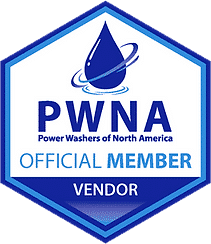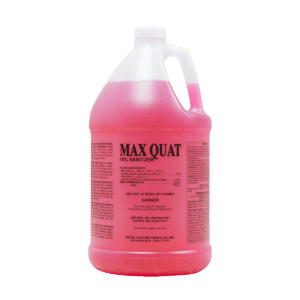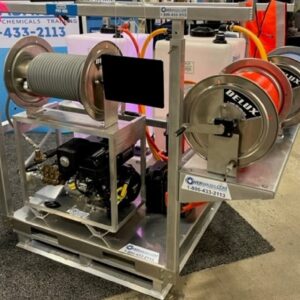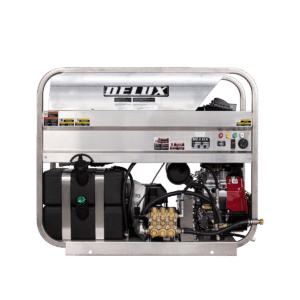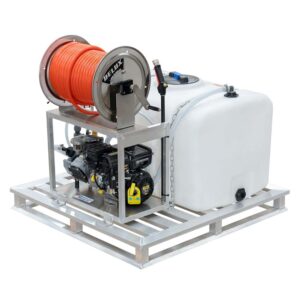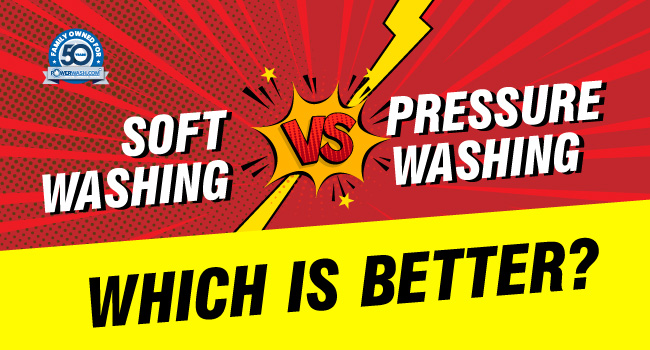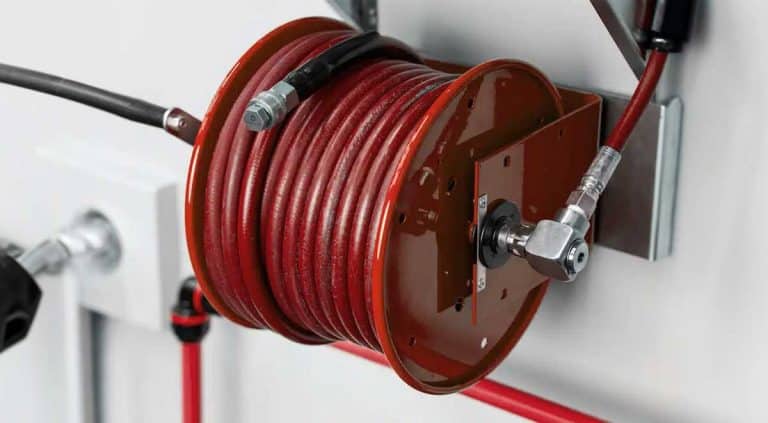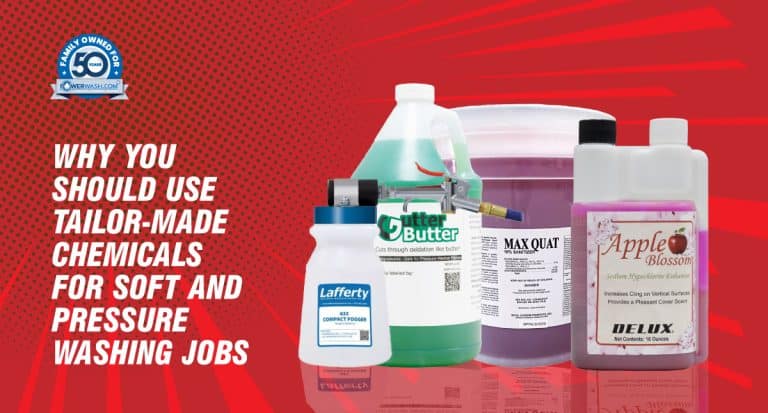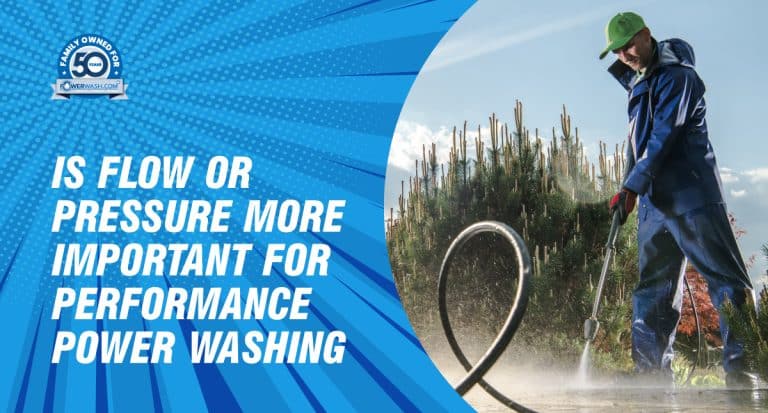First we need to answer the question “What is a construction meter”. A construction meter is a portable meter that can be moved throughout a municipality to legally hook up to a fire hydrant. This allows the contractor to fill their fresh water holding tank rapidly. For example a 500 gallon tank can be filled in approximately 5 minutes compared to using a water hose that can take from 1 to 2 hours from a standard water hose connection. This can be a huge benefit since it can save a considerable amount of time during and between job(s).
To get a construction meter contact the local water department, set up an account and get a meter issued to you or your company. Normally there is not a cost for the meter but most cities will require a deposit from $500.00 to a $1000.00. Additionally there may also be a monthly rental charge in the range of $20.00 to $50.00. A monthly reading will be taken to assess the cost of water used. The actual cost of water is normally lower because the use of water does not include a sanitary sewer fee. Typically, this ranges from $10 to $25 a month depending on how much water is used.
There are some safety / health requirements that need to be considered when using a construction meter. The assumption is that the water from the hydrant is always under pressure but what happens if there is a loss in pressure do a break in the main, etc. This means that when connected to a hydrant a tank that is being filled can actually back flow into the water main and contaminate the municipal drinking water. For this reason two options are available. The first option is to fill the fresh water tank from above with a 4″ air break to prevent any chance of backflow. The second is to install check valve(s) on the meter so that the water can only flow one direction. These requirements may vary slightly from area to area so make sure you do what the local officials require.
In closing, remember that a construction meter can be another useful tool that a power washer can use to increase profitability by saving time to increase productivity.

